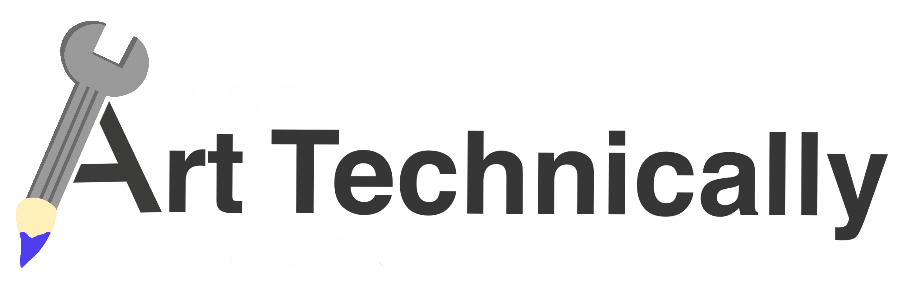SCIENCE, NEWS, STUDENT WRITER
What Exactly is the Green New Deal and Why do We Need it Now?

Kevin Ruano Hernandez, Student Writer, California
08 December 2020
On April 17, 2019, a video was posted on Youtube by The Intercept called “A Message From the Future With Alexandria Ocasio-Cortez.” Here, Alexandria Ocasio-Cortez talks over a video discussing a vision for the future and talks about a young girl named Elena and her environmental journey. Illena shows that indigenous communities offered generational expertise to help guide “the way.” The video proposed a bright future where it’s full of green and peace, however, just like most proposals, it’s going to require so much work to work.
The center block of all of this is the Green New Deal: an idea that has many critics in the news and media. Critics such as Fox News make it difficult for the public to understand what the Deal really is. However, to clarify, this ‘New Deal’ will not destroy the world or bring an “apocalypse.” However, what makes it so important and why do we need it?

The Green New Deal is essentially a vision for the future, it’s not exactly one policy that would be passed by Congress, but it’s a foundation to change our world from a climate crisis into an unprejudiced future for the better. Though there are few ideas that are specifically attributed to Representative Alexandria Ocasio-Cortez, there are hundreds of Green New Deal ideas around the globe that are specific to different countries. The ribbon that wraps all of the Green New Deals together is this: Climate Change.
It is a crisis that is caused by capitalism, racism, militarism, and conflict. This is a shift in belief within mainstream environmental and climate committees. About 85% of the staff of U.S environmental nonprofits are white. This often separates climate action from racial oppression and economic injustice.
Throughout the years, we’ve tried a proactive approach and there hasn’t been much progress with regards to climate change. We can understand that the root causes of climate change are the same causes of other struggles we face: capitalism, colonialism, imperialism, and racism. Now, you must be wondering, what would a Green New Deal look like? Well, it should focus on two concepts: Abolition and Abundance. Abolition, by pulling away from networks of harm that fuels climate change. This can mean refineries, such as the Chevron Refinery. However, we should take into consideration the Abolition of the Carceral, the Abolition of the military industry, and the Abolition of the neoliberal capitalist economy. As prison abolitionist and geography professor Ruth Wilson Gilmore states, “Abolition means not just the closing of prisons but the presence, instead, of vital systems of support that many communities lack…we resolve inequalities and get people the resources they need long before the hypothetical moment when, as Gilmore puts it, they “mess up.” We can see in this statement that Abolition is about abundance rather than absence.
This is why the Green New Deal is so important because it seeks to rip apart unsustainable systems. It seeks to replace those violent systems with guaranteed jobs, sustainable housing, a robust caretaking economy, etc. by listening to those who are living through environmental and systemic harm. However, you may say that this will never happen, it’s politically impossible! It costs too much money!
However, most political changes happen when there are movements of people working against injustice. Look at all the protests that are happening around the world demonstrating that white supremacy must be dismantled. The world is changing as we speak and more is yet to come. Now with cost, America puts $721 billion dollars into the military budget annually and $20 billion on fossil fuel subsidies. It’s our job as a society and community to have our government spend money to protect and care for life instead of killing it. So leaving a question to think about, what other choice do we have really than to propose a Green New Deal?
Sources:
How Black Lives Matter to the Green New Deal (The Nation)
Fact Sheet: Fossil Fuel Subsidies: A Closer Look at Tax Breaks and Societal Costs (EESI)
Is Prison Necessary? Ruth Wilson Gilmore Might Change Your Mind (New York Times)
Climate Crisis: The Green New Deal Is Cheap, Actually (Rolling Stone)
Radical reform and the Green New Deal (Michael E. Mann)
The Effects of Historical Housing Policies on Resident Exposure to Intra-Urban Heat: A Study of 108 US Urban Areas (Jeremy Hoffman, et al.)
Hasan and AOC Discuss The Green New Deal | Patriot Act Digital Exclusive | Netflix (Patriot Act, Youtube)
Want to stay up to date on STEAM?
Subscribe to our Hello World Newsletter.
